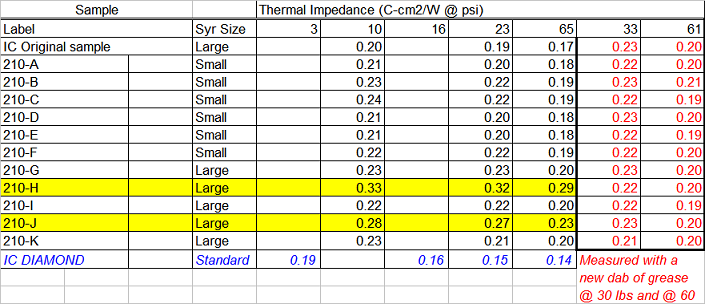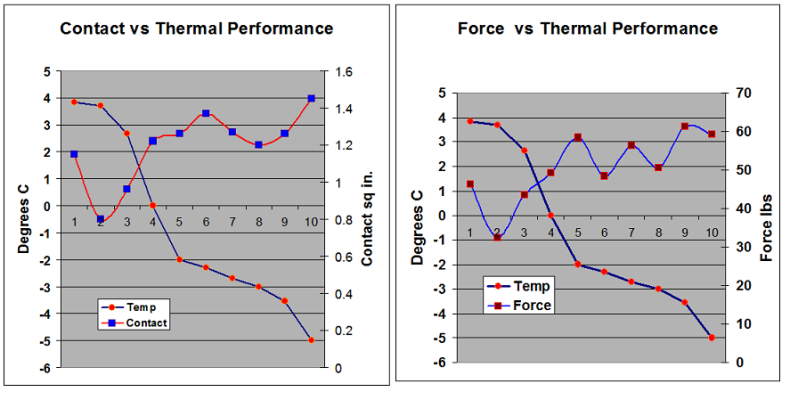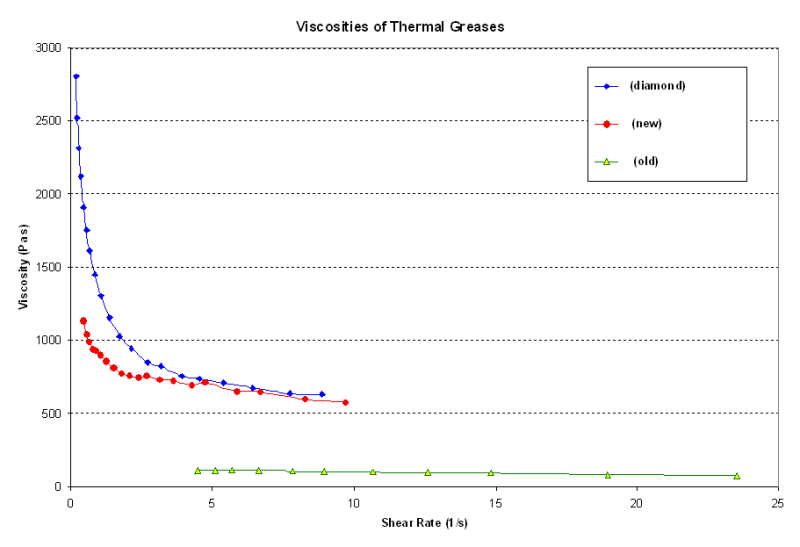Associate
- Joined
- 7 Dec 2010
- Posts
- 223
Innovation Cooling (IC)will giveaway 100 syringes of ICD24 and 100 IC Perihelion syringes to OVERCLOCKERS UK forum members who have at least 50 posts and/or 3 months membership.
ALL POTENTIAL PARTICIPANTS MUST POST THEIR INTENT TO PARTICIPATE IN THIS THREAD IN ORDER TO RECEIVE THEIR FREE TIM
(BEFORE OR AFTER EMAILING ME).
PLEASE BE SURE TO BENCHMARK YOUR CPU TEMPS WITH YOUR CURRENT TIM AND RECORD YOUR RESULTS BEFORE USING IC24 OR ICP4gm FOR TESTING. WE NEED BEFORE AND AFTER PLEASE (Ambient, idle, load at the very least)!
Instructions and Qualifiers
1.)1 Syringe per responding forum member. Luck of the draw whether you receive ICD or ICP
2.)This is a on a first come basis. I will post notice on this forum when the giveaway ends
3.)Participating members are to post your test results on this forum within the first 30 days after receiving the sample. Gentleman's agreement.(THOSE WHO DO NOT HONOR THE AGREEMENT WILL BE FOREVER IMMORTALIZED ON THE WALL OF SHAME WHICH WILL BE POSTED AT THE COMPLETION OF THE SURVEY)
4.) OVERCLOCKERS UK forum members who have at least a minimum 50 posts.
5.) Or have been a forum member for at least 3 months
6.) Email me your mailing address in a format we can cut and paste easily for processing.
7.)Must agree to test the product and give feedback to the forum, and thus to Innovation Cooling (Current load/idle/ambient temps + fan speed then load/idle/ambient temps + fan speed with IC24)
The specifics will be posted in a separate Results Thread, we will be looking for simple data feedback, and looking forward to actual comparisons in application methods and comparing products from other manufacturers.
We would like to first get CPU, GPU's, , and Laptops results as a priority, then any you are free to apply/experiment on other components with remaining balance.
The TIM results thread is a continuation of the ongoing thread OCUK Official IC Diamond/ Perihelion Test Results and all results should be posted in this thread All personal information is kept entirely confidential and destroyed upon completion of giveaway. Please PM me if you have any questions.
Thanks everyone and I look forward to working with you all and hopefully learning something in the process.
Again to register for your survey sample post IN THIS THREAD "ON MY HONOR IN EXCHANGE FOR FREE COMPOUND I DO SOLEMNLY SWEAR TO TEST AND POST MY RESULTS"
After you have posted your registration Email to complete registration.
We are mailing from the USA so allow time for processing and shipping .
MAKE SURE YOUR OWN ADDRESS IS CORRECT - WE JUST CUT AND PASTE - IF IT IS NOT DELIVERED DUE TO REGISTRANT'S ERRORS WE DO NOT RE-MAIL SAMPLES
EMAIL ADDRESS FOR REGISTRATION -- [email protected]
All the best
Andrew
President
Innovation Cooling
ALL POTENTIAL PARTICIPANTS MUST POST THEIR INTENT TO PARTICIPATE IN THIS THREAD IN ORDER TO RECEIVE THEIR FREE TIM
(BEFORE OR AFTER EMAILING ME).
PLEASE BE SURE TO BENCHMARK YOUR CPU TEMPS WITH YOUR CURRENT TIM AND RECORD YOUR RESULTS BEFORE USING IC24 OR ICP4gm FOR TESTING. WE NEED BEFORE AND AFTER PLEASE (Ambient, idle, load at the very least)!
Instructions and Qualifiers
1.)1 Syringe per responding forum member. Luck of the draw whether you receive ICD or ICP
2.)This is a on a first come basis. I will post notice on this forum when the giveaway ends
3.)Participating members are to post your test results on this forum within the first 30 days after receiving the sample. Gentleman's agreement.(THOSE WHO DO NOT HONOR THE AGREEMENT WILL BE FOREVER IMMORTALIZED ON THE WALL OF SHAME WHICH WILL BE POSTED AT THE COMPLETION OF THE SURVEY)
4.) OVERCLOCKERS UK forum members who have at least a minimum 50 posts.
5.) Or have been a forum member for at least 3 months
6.) Email me your mailing address in a format we can cut and paste easily for processing.
7.)Must agree to test the product and give feedback to the forum, and thus to Innovation Cooling (Current load/idle/ambient temps + fan speed then load/idle/ambient temps + fan speed with IC24)
The specifics will be posted in a separate Results Thread, we will be looking for simple data feedback, and looking forward to actual comparisons in application methods and comparing products from other manufacturers.
We would like to first get CPU, GPU's, , and Laptops results as a priority, then any you are free to apply/experiment on other components with remaining balance.
The TIM results thread is a continuation of the ongoing thread OCUK Official IC Diamond/ Perihelion Test Results and all results should be posted in this thread All personal information is kept entirely confidential and destroyed upon completion of giveaway. Please PM me if you have any questions.
Thanks everyone and I look forward to working with you all and hopefully learning something in the process.
Again to register for your survey sample post IN THIS THREAD "ON MY HONOR IN EXCHANGE FOR FREE COMPOUND I DO SOLEMNLY SWEAR TO TEST AND POST MY RESULTS"
After you have posted your registration Email to complete registration.
We are mailing from the USA so allow time for processing and shipping .
MAKE SURE YOUR OWN ADDRESS IS CORRECT - WE JUST CUT AND PASTE - IF IT IS NOT DELIVERED DUE TO REGISTRANT'S ERRORS WE DO NOT RE-MAIL SAMPLES
EMAIL ADDRESS FOR REGISTRATION -- [email protected]
All the best
Andrew
President
Innovation Cooling


 .
.







